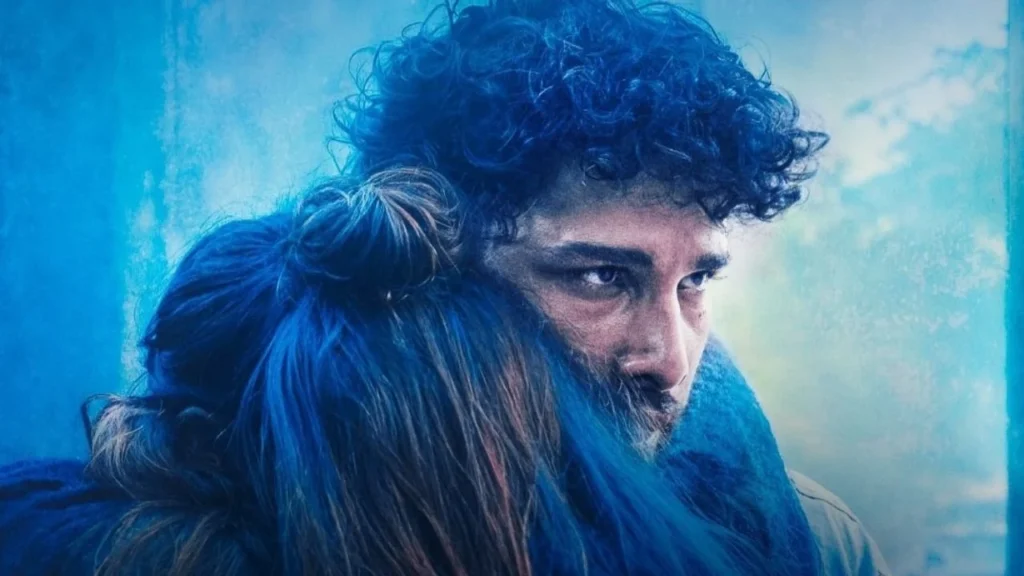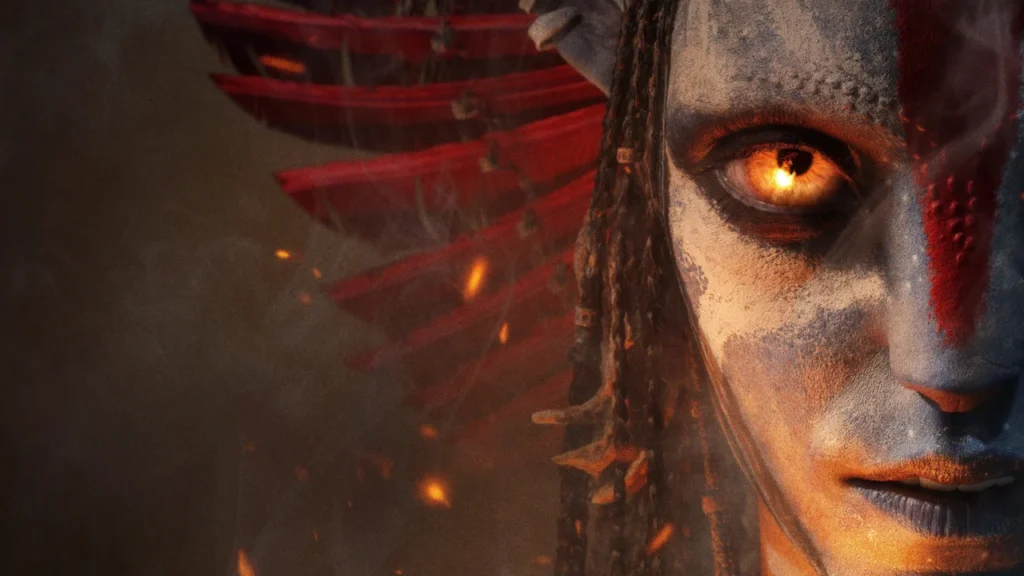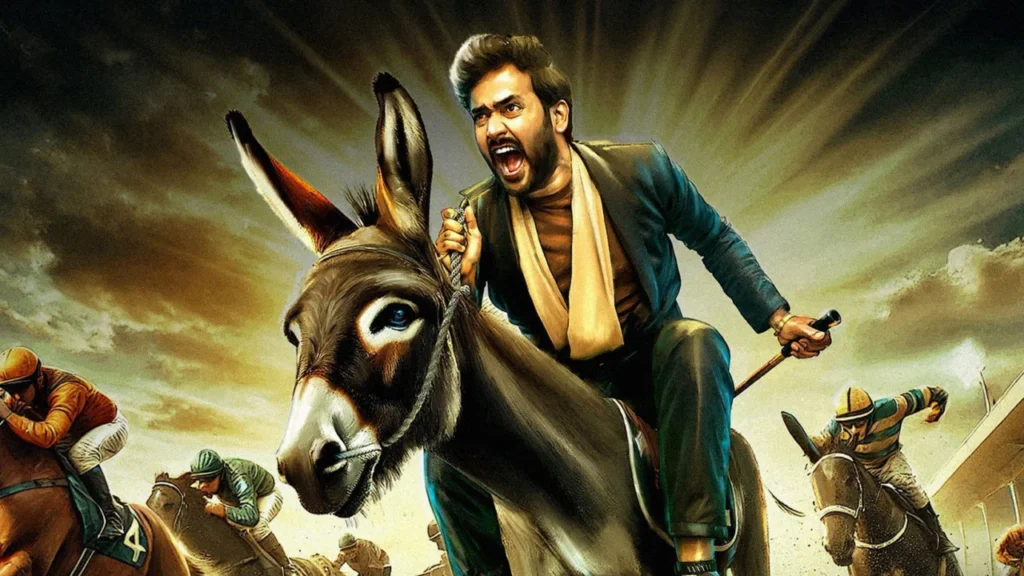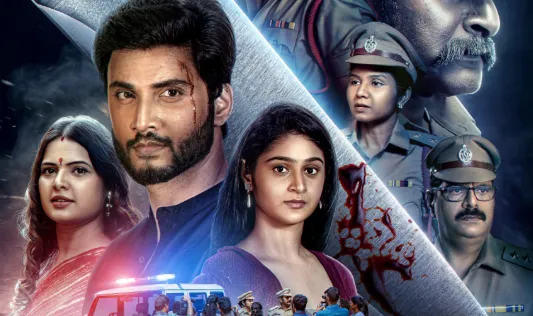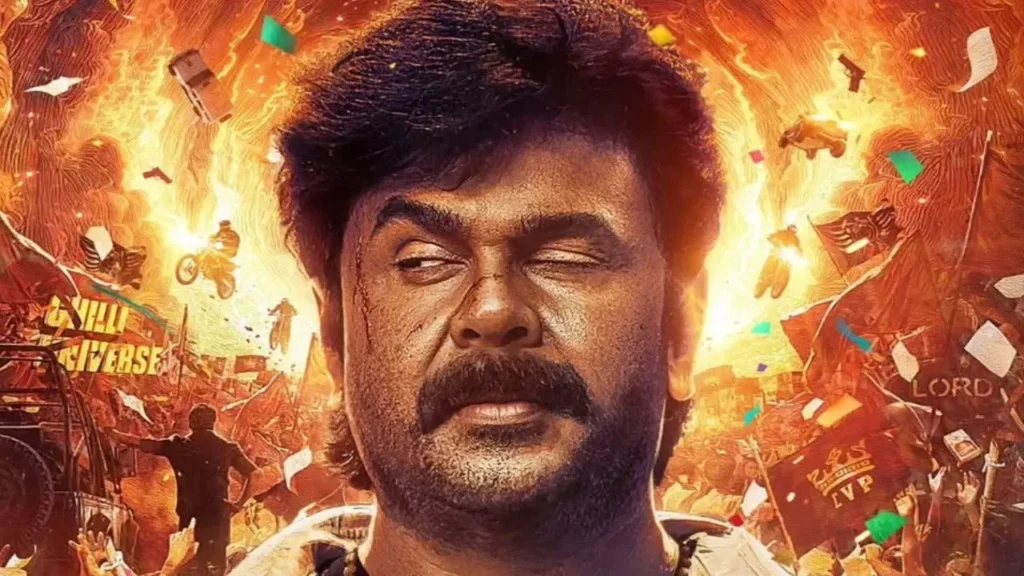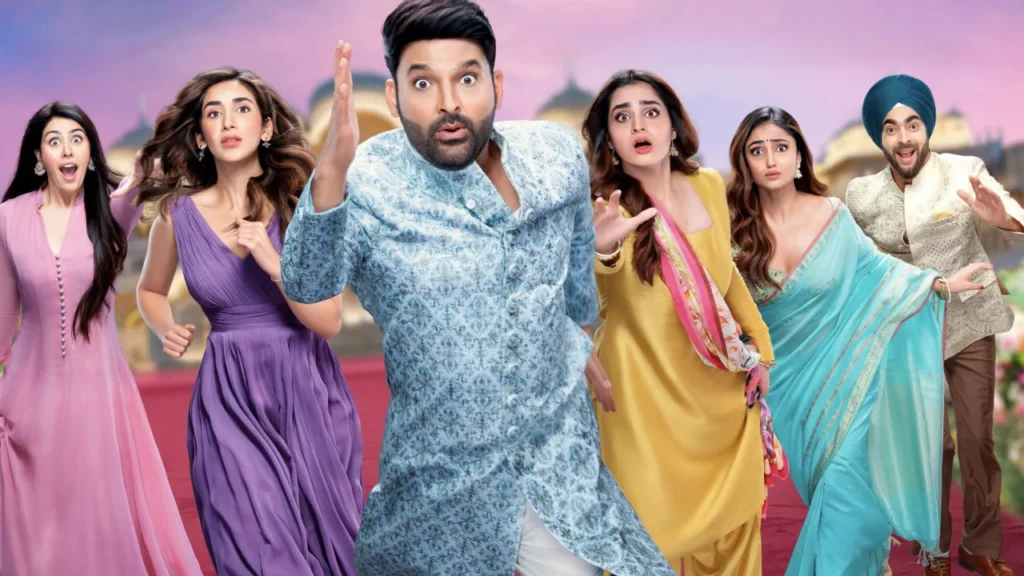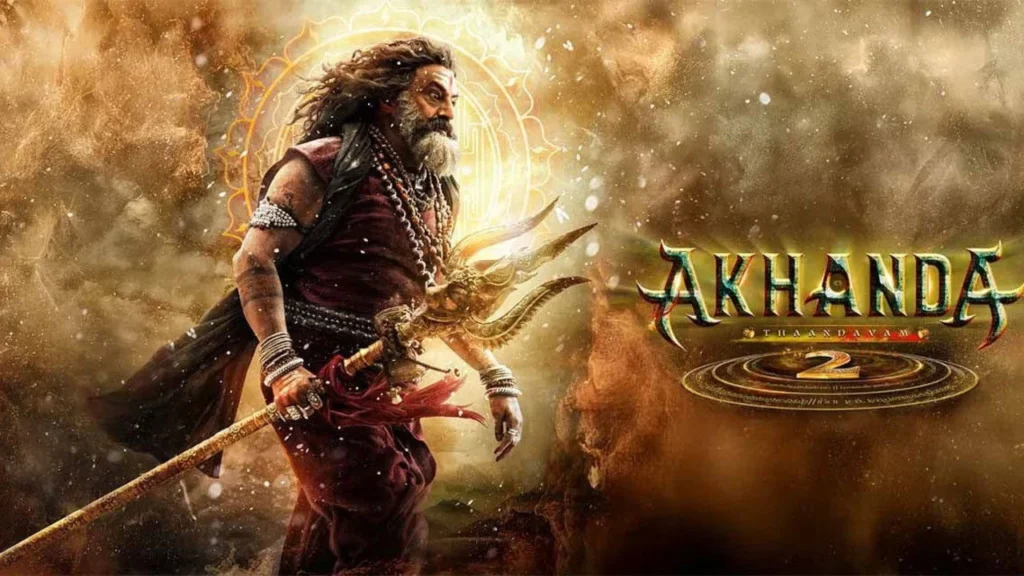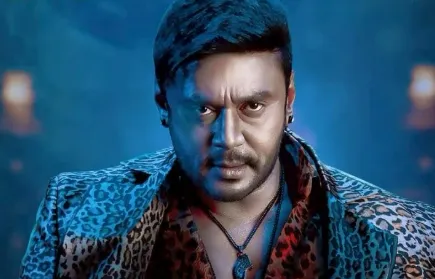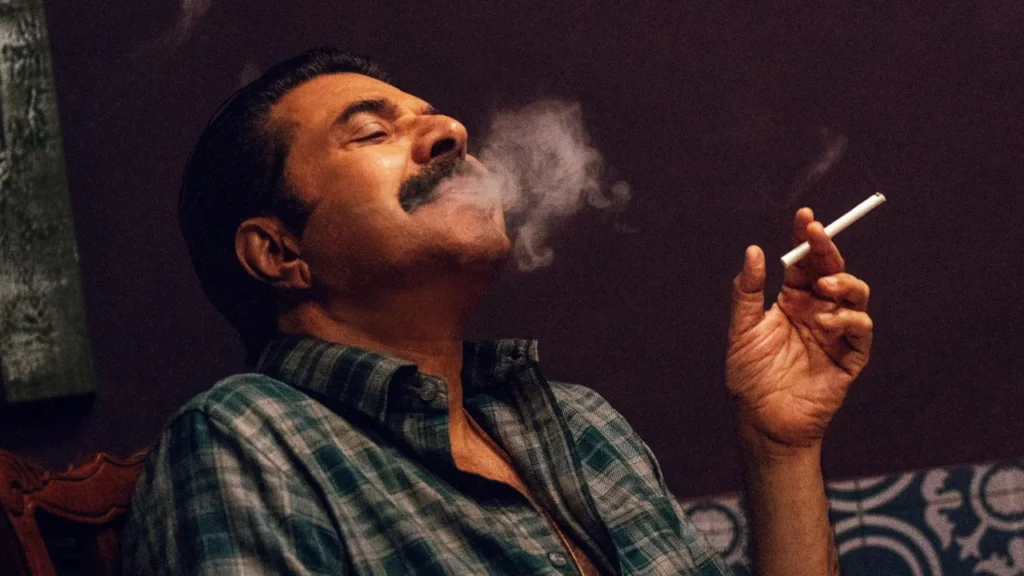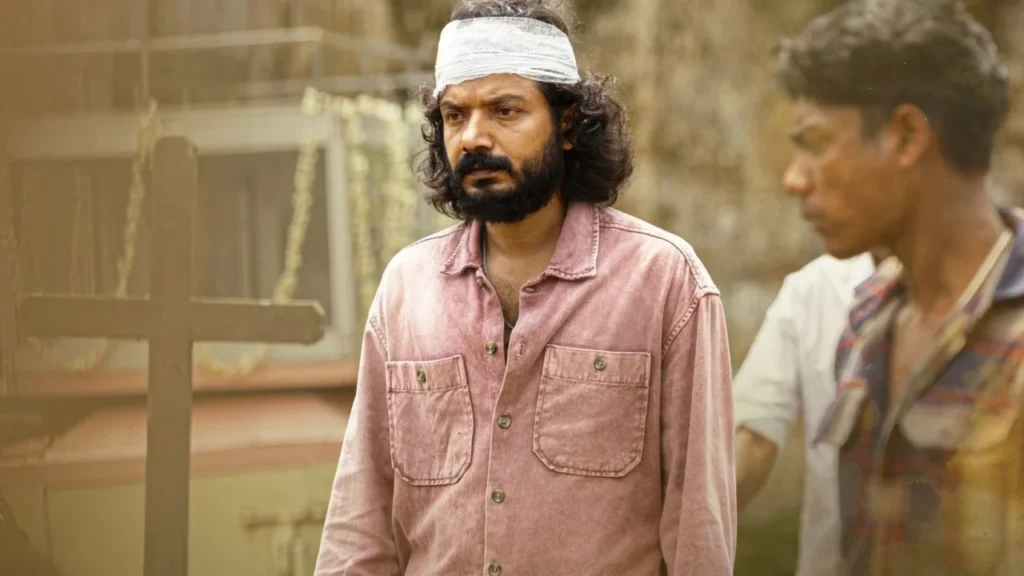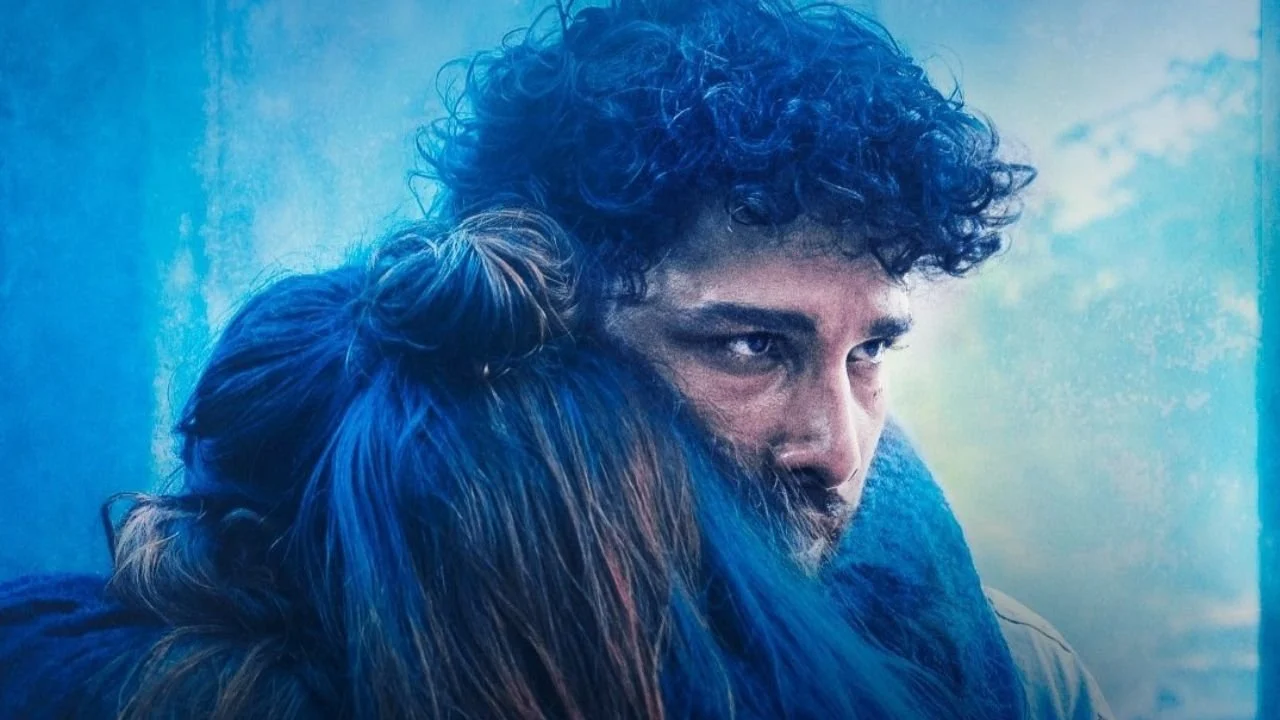
Dhadak 2 (2025) REVIEW: Why Siddhant Chaturvedi’s Best Performance Tackles India’s Toughest Social Issue
Director Shazia Iqbal brings us a story that hits close to home with Dhadak 2. Starring Siddhant Chaturvedi and Triptii Dimri, this Dharma Productions film tackles something most Bollywood movies avoid. It’s not your typical boy-meets-girl romance story.
What sets this film apart is its honest look at caste discrimination in today’s India. The movie follows Neelesh, a law student from a marginalized community, and his relationship with privileged classmate Vidhisha. Their love story becomes a mirror reflecting society’s deepest prejudices.

##The Story That Needs Telling
Neelesh gets into a prestigious law college through reservation, where he meets Vidhisha. Their love blossoms in the corridors of academia, but reality strikes hard when social barriers come into play. The narrative doesn’t sugarcoat the harsh truths about modern India.
What I found striking was how the film shows discrimination in educated environments. Even in places meant for learning and growth, age-old prejudices surface when personal relationships cross social lines. This makes the story both relevant and uncomfortable to watch.
The script handles the feminist perspective well through Vidhisha’s character arc. She represents the journey from privilege to awareness, making her transformation believable and necessary. This angle prevents the film from becoming just another social drama remake.
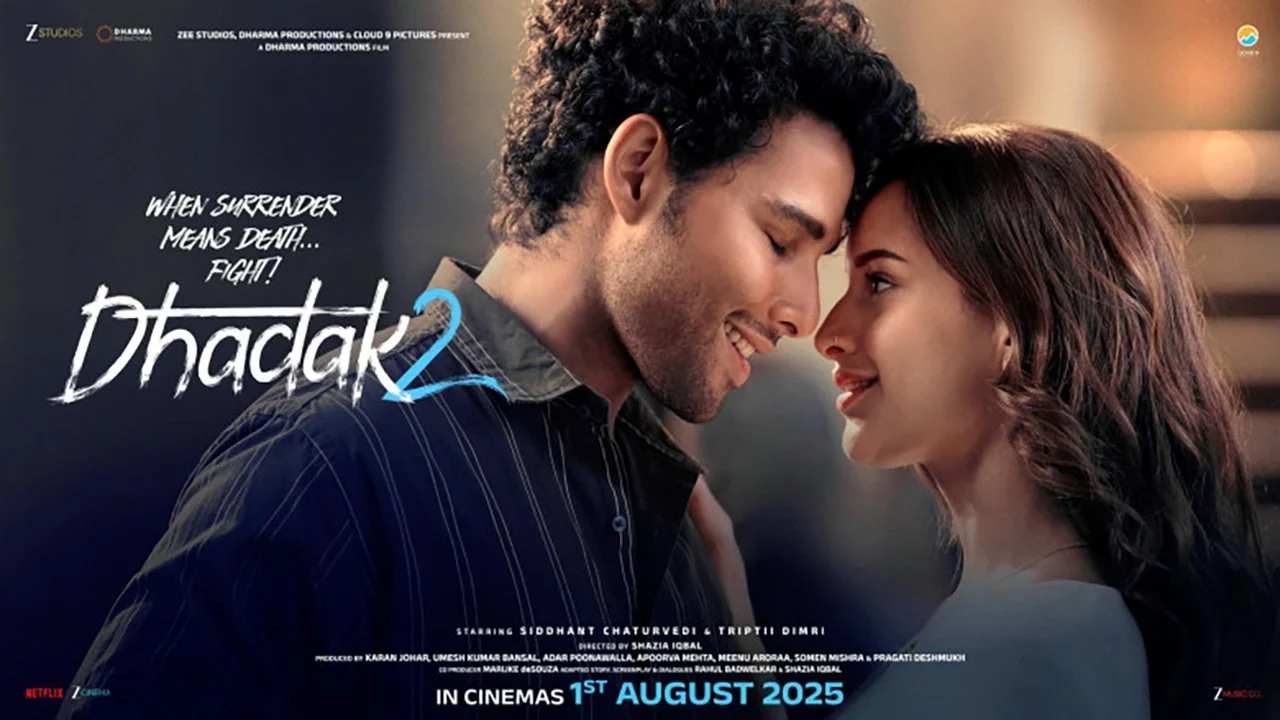
##Acting That Connects
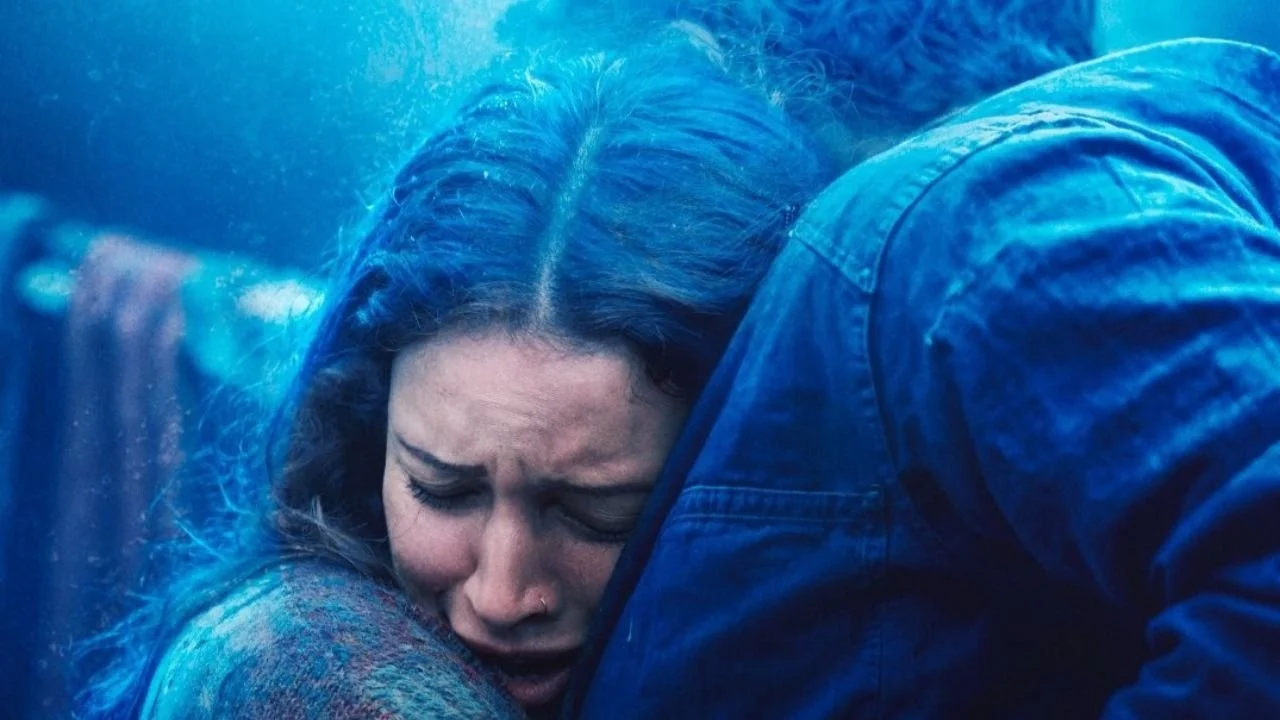
Siddhant Chaturvedi Shines Bright
Chaturvedi delivers his career-best performance as Neelesh, bringing authenticity to every scene. His portrayal captures the quiet strength of someone fighting an unfair system. I was moved by how naturally he switches between vulnerability and determination.
The actor makes you feel every moment of his character’s struggle without overdoing the emotions. His performance anchors the entire film and gives weight to its social message. Chaturvedi proves he can handle complex characters beyond his usual commercial roles.
Triptii Dimri Brings Depth
Dimri takes on the challenging role of Vidhisha with remarkable skill and nuance. Her character’s journey from ignorance to awareness could have easily become preachy, but Dimri keeps it grounded. Her chemistry with Chaturvedi feels genuine and develops naturally throughout the story.
The actress handles her character’s internal conflicts well, showing the confusion of someone whose worldview gets shattered. While some scenes could have been stronger, Dimri’s overall performance supports the film’s emotional core effectively.
Supporting Players Add Value
The supporting cast, including Saurabh Sachdeva, brings credibility to the story’s world. Each actor contributes to building the authentic atmosphere the film needs. Their performances help establish the social dynamics that drive the main conflict forward.
##What Makes It Work
This film’s biggest success lies in showing contemporary caste issues without being heavy-handed. Iqbal’s direction keeps the story moving while allowing important moments to breathe naturally. The movie feels relevant because it mirrors real experiences many face today.
The romantic elements don’t overshadow the social commentary, creating a balanced narrative flow. I appreciated how the film treats both love and social justice as equally important themes. This balance makes the story accessible to different types of viewers.
The production design effectively captures the contrast between privileged and marginalized worlds. From law school corridors to family backgrounds, every detail reinforces the story’s central conflict. The visual storytelling supports the script’s deeper meanings.
##Where It Could Be Better
Despite its strengths, the film sometimes lacks the emotional punch it aims for. Certain dramatic moments feel rushed when they needed more time to develop fully. The pacing issues prevent some powerful scenes from reaching their maximum impact.
I felt the climactic portions could have been more innovative in their approach. While the story remains engaging, some plot developments follow predictable patterns that regular moviegoers might see coming. A fresher take on familiar situations would have elevated the experience.
The film also struggles with balancing entertainment and message in a few scenes. Some moments feel designed more to make points than to advance the story naturally. Better integration of these elements would have made the viewing experience smoother.
##Critics and Ratings Speak
Professional reviewers have generally responded positively to the film’s brave subject matter and performances. IMDb users rated it 7.0/10, showing solid audience appreciation for its social relevance. The rating reflects viewers connecting with the story’s honesty about difficult topics.
Rotten Tomatoes shows a 57% score from critics, indicating mixed but mostly favorable reviews. Most reviewers praised the lead performances while noting the film’s importance in contemporary social discourse. The ratings suggest the film succeeds more as social commentary than pure entertainment.
Critics consistently highlighted the movie’s courage in addressing uncomfortable social truths through mainstream cinema. Several reviews mentioned how the film makes viewers think about privilege and discrimination in modern contexts. This critical recognition validates the film’s purpose.
##Audience Connects with Reality
Viewers have responded well to the film’s honest portrayal of social discrimination. Many audience members found the story relatable, especially those who’ve experienced similar situations in educational or professional settings. The film has sparked meaningful conversations about representation in cinema.
Social media buzz shows people appreciate the movie’s willingness to tackle serious subjects without losing emotional depth. The public response indicates hunger for more socially conscious content in mainstream Bollywood. Many praised the decision to remake the Tamil original for Hindi audiences.
I noticed how the film resonates particularly with younger viewers who face these social realities daily. Their positive response suggests the movie succeeds in representing contemporary experiences authentically. This connection between film and audience makes it culturally significant.
##My Final Take
Dhadak 2 succeeds as both entertainment and social commentary, even with its minor flaws. The film proves that Bollywood can handle sensitive subjects without compromising on emotional storytelling. Iqbal’s direction and the lead performances make this worth watching despite predictable moments.
This movie matters because it brings important conversations to mainstream audiences who might not otherwise encounter them. While not perfect, it represents progress in how Hindi cinema approaches social issues. The film’s heart remains in the right place throughout its runtime.
For viewers seeking meaningful cinema that reflects contemporary social realities, this film delivers adequately. It may not be groundbreaking, but it’s honest and well-intentioned in its approach to difficult subjects.
Rating: 3.5/5

